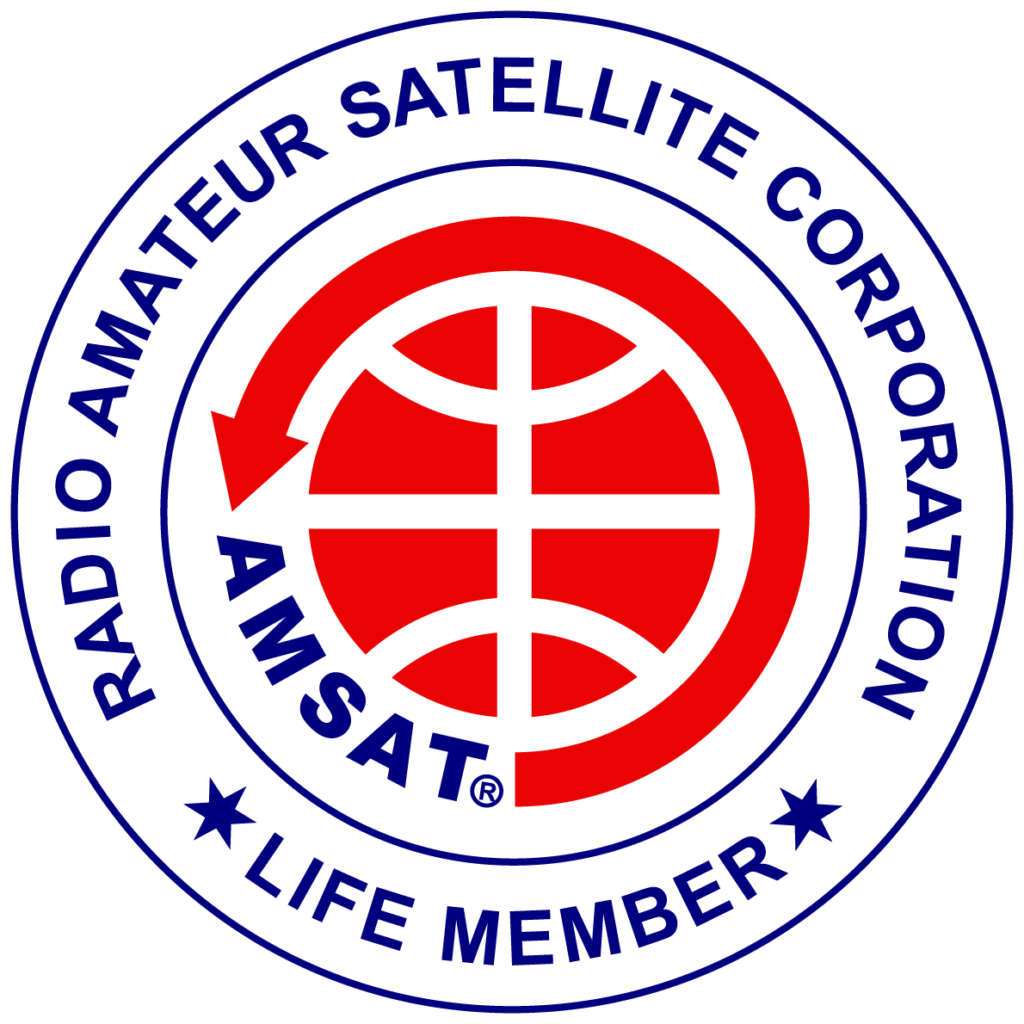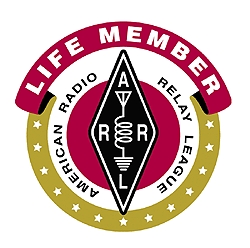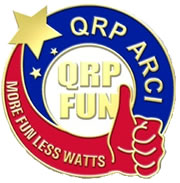Using 5 watts and low-gain omnidirectional eggbeater antennas on both the uplink and downlink, I had no trouble hearing my downlink signal at S8 (the noise is S2-3). I did this experiment twice during low-power mode. It’s a challenge for me to find the signal just due to the amount of time the transponder is on the air (on the air 40 seconds out of every 160 seconds; 25% of the time ).
I have been able to get HRD to work with my IC-9100 to adjust the downlink doppler, but it refuses to adjust both the uplink and downlink together — something it should be capable of doing. Downlink-only is fine for copy of the beacon or BPSK signal, but for the Mode U/V, transponder, not being able to adjust for +/- 10 KHz uplink doppler is a killer. Not only is it hard to find a signal that is drifting very quickly, the entire passband of the satellite is only 15 KHz wide. If you started sending at the middle of the passband, you would quickly be 2.5 KHz outside the passband just due to doppler.
If if the uplink remains in-band, a signal that is drifting that quickly is very hard to tune by hand. This is complicated by the behavior of the IC-9100 in SAT Mode, which locks the uplink and downlink VFOs — so any adjustment to one, causes the other to change as well. So it is necessary to activate the SUB Band VFO, adjust it, then go back to SAT Mode — a process that involves lots of button pushing. So it may well be that the signal was there all three times, and I just didn’t find it once.
I’m trying out MacDoppler, which at least can control both the uplink and downlink frequency. However 10 Hz tuning steps leaves something to be desired. (HRD does 1 Hz). The other issue with running the Mac program is that the Mac version of the BPSK decode firmware lacks any tuning indicator, unlike the PC version.








